Sofa and Side Tables - Creating Perfect Living Room Combinations
The combination of sofa and side tables forms the foundation of any well-designed living room. These essential pieces work together to create a harmonious space that balances comfort, functionality, and style. The right pairing can transform your living area from merely functional to truly inviting, providing both practical surfaces for daily use and contributing to the overall aesthetic of your home.
In this comprehensive guide, we explore the art of selecting and combining sofas with side tables to create cohesive living room arrangements. We consider factors such as scale and proportion, material compatibility, functional requirements, and design harmony. Whether you're furnishing a new home or refreshing your current space, this review will help you create the perfect sofa and side table combination that meets your lifestyle needs and design preferences.
Our Sofa and Side Table Recommendations
⚠️ AFFILIATE DISCLOSURE: This website contains affiliate links. As an Amazon Associate, we earn from qualifying purchases. If you make a purchase through these links, we may receive a small commission at no additional cost to you. Read our full affiliate policy.
Sofa and Side Table Comparison & Recommendations
Which Sofa and Side Table Combination is Right for You?
🏆 Best Overall: Modern Sectional with Nesting Tables
Sectional & Nesting Set
💰 Best Value: Standard Sofa with Lift-Top Tables
Sofa & Lift-Top Set
⚡ Premium Choice: Leather Sofa with Marble Top Tables
Leather & Marble Set
Combination Summary
- Scale & Proportion: Side tables should complement sofa size without overwhelming the space
- Functional Harmony: Tables should provide adequate surface area for sofa users
- Material Coordination: Mixed materials create visual interest when thoughtfully combined
- Style Consistency: Maintain design continuity while allowing for creative expression
- Traffic Flow: Arrangement should allow comfortable movement around the furniture
Sofa and Side Table Combination Advantages & Considerations
Creating the perfect sofa and side table combination involves balancing multiple factors. Here's an in-depth analysis of the benefits and considerations when pairing these essential living room pieces:
✅ Combination Advantages
Enhanced Functionality: Properly paired sets provide convenient surfaces for drinks, books, and electronics within easy reach.
Complete Look: Coordinated combinations create a polished, designed appearance in your living space.
Space Optimization: Well-chosen tables maximize utility without crowding the room.
Style Cohesion: Matching or complementary pieces tie the room's design elements together.
Practical Storage: Many side table options offer hidden or display storage solutions.
❌ Combination Considerations
Scale Challenges: Finding tables that properly proportion to your sofa can be difficult.
Style Conflicts: Mismatched design elements can create visual discord in the room.
Space Limitations: Bulky combinations may overwhelm smaller living rooms.
Budget Constraints: Purchasing coordinated pieces often requires larger investment.
Maintenance Requirements: Different materials may have varying care needs.
Design Analysis
The ideal sofa and side table combination balances aesthetic appeal with practical functionality. While coordinated sets offer design harmony, thoughtfully mixed pieces can create more personalized and dynamic spaces. Consider your daily needs, room dimensions, and personal style when selecting combinations.
Tips for Choosing the Right Sofa and Side Tables
Selecting the perfect sofa and side table combination requires careful consideration of multiple factors. Follow this comprehensive guide to make informed decisions that will enhance your living space for years to come:
8 Essential Factors When Choosing Furniture Combinations
1. Measure Your Space
Start by measuring your room dimensions and creating a floor plan. Account for walking paths, door swings, and other furniture. Remember to consider the space needed when people are seated on the sofa.
2. Consider Sofa Size and Style
Choose a sofa that fits your space and meets your comfort needs. Consider the number of regular users, preferred sitting positions, and how the sofa style will work with your existing decor.
3. Determine Table Functions
Identify what you'll use side tables for - drinks, reading materials, decorative items, or storage. This will guide your selection of table size, surface type, and additional features.
4. Balance Scale and Proportion
Ensure side tables are proportionate to your sofa. Generally, tables should be similar in height to the sofa arms and substantial enough to balance visually without overwhelming.
5. Coordinate Materials and Colors
Create harmony through material and color connections. This doesn't mean everything must match perfectly, but there should be visual relationships between the pieces.
6. Evaluate Quality and Durability
Assess construction quality, material durability, and finish resilience. Consider your household's lifestyle - families with children or pets may need more durable options.
7. Plan for Flexibility
Consider how the arrangement might need to change for different occasions. Lightweight tables or pieces with casters can offer valuable flexibility.
8. Establish Budget Priorities
Determine where to invest most - typically the sofa as the primary seating, then side tables. Look for quality foundations that will last through style changes.
Recommendations Based on Room Type
- Media Rooms: Sofas with cup holder tables or wide-arm designs that can accommodate drinks
- Reading Areas: Comfortable sofas with substantial tables for books and reading lamps
- Entertaining Spaces: Sectionals with multiple side tables for guest convenience
- Small Rooms: Apartment-sized sofas with slim-profile or nesting tables
- Family Spaces: Durable, easy-clean materials with rounded corners for safety
Frequently Asked Questions About Sofa and Side Tables
What height should side tables be relative to the sofa?
Side tables should be approximately the same height as the sofa armrests or within 1-2 inches higher or lower. This ensures comfortable access to items on the table while seated. Standard sofa arm heights range from 24-28 inches, making 25-27 inch side tables ideal for most living room setups. Consider the primary use - tables for drinks might work better slightly lower, while tables for reading lamps could be slightly higher.
How much space should be between sofa and side tables?
Leave about 2-4 inches between the sofa and side tables for easy movement and visual separation. The tables should be close enough to reach comfortably from a seated position but not so close that they appear cramped. Consider traffic flow and ensure there's enough walking space around the entire arrangement. In larger rooms, you might place tables slightly farther to create a more open feel, while smaller spaces may benefit from closer placement.
What materials work best for sofa and side table combinations?
Popular material combinations include wood and upholstery for a warm look, metal and leather for contemporary spaces, and glass with fabric for light-filled rooms. Consider durability, maintenance, and how materials complement each other. Mixed material approaches often create the most visually interesting and functional combinations. For high-use areas, prioritize durable materials like hardwoods, quality metals, and stain-resistant fabrics.
Can I mix different styles of sofas and side tables?
Yes, mixing styles can create dynamic and personalized spaces. The key is maintaining balance through color, proportion, or material connections. For example, a modern sofa can pair with traditional side tables if they share similar wood tones or metal finishes. Ensure there's at least one unifying element between the pieces. Successful mixing often involves keeping one element consistent while varying others to create interest without chaos.
What features should I look for in functional side tables?
Look for side tables with storage options like drawers or shelves, stable construction, easy-to-clean surfaces, and appropriate scale for your sofa. Additional features like built-in charging ports, adjustable heights, or casters for mobility can enhance functionality. Consider your specific needs for remote controls, drinks, books, or decorative items. The most functional tables address your particular lifestyle requirements while complementing your sofa's design.
Conclusion
The relationship between your sofa and side tables is fundamental to creating a living room that is both beautiful and functional. These pieces work in concert to define the space's character, provide essential surfaces for daily living, and contribute to the overall comfort and usability of your home. The right combination can elevate your living experience, making the space more enjoyable for both everyday use and special occasions.
Successful sofa and side table combinations balance scale, function, and style to create harmonious arrangements. Whether you prefer perfectly matched sets or eclectically mixed pieces, the key lies in thoughtful consideration of how these elements work together to serve your needs and reflect your personal taste.
Ready to Create Your Perfect Living Room?
Explore our selection of sofa and side table combinations above and discover the perfect set that matches your space and lifestyle. Each product has been carefully selected based on quality, functionality, and design to help you create a living room that truly feels like home.
Related Articles You Might Like
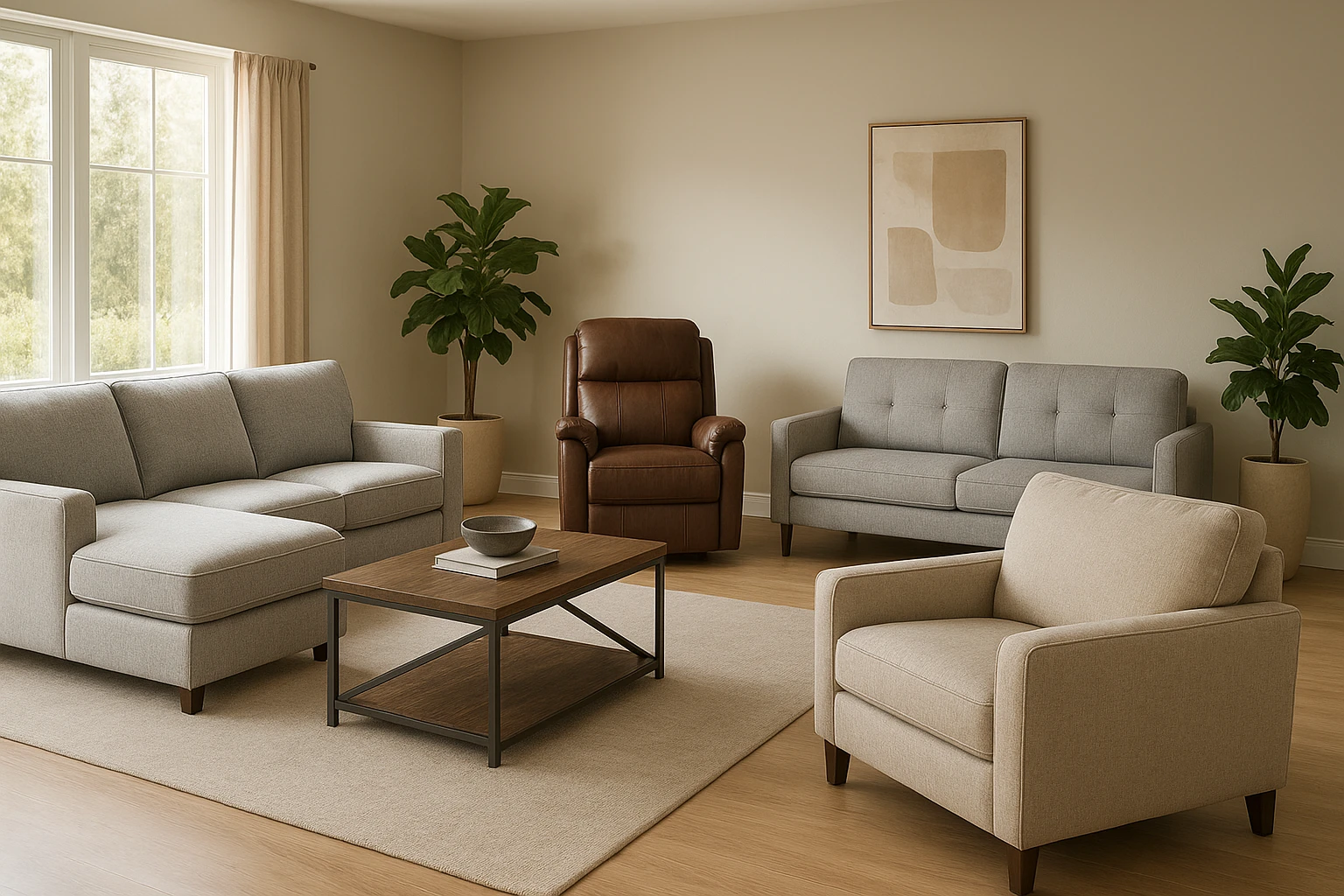
Explore the various sofa styles available and learn how to choose the perfect type for your space and lifestyle needs.
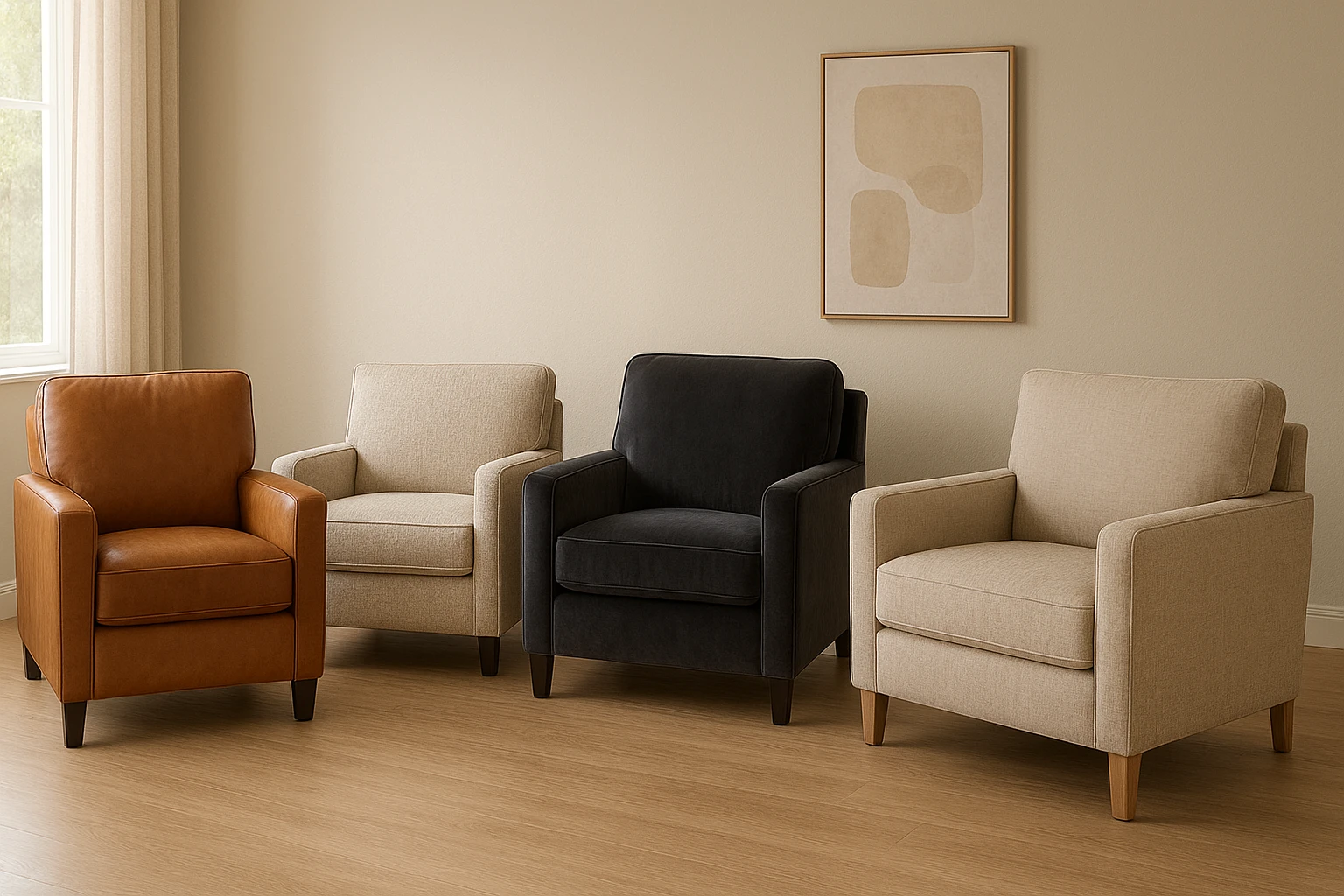
Discover the pros and cons of different sofa materials to make an informed decision for your furniture investment.
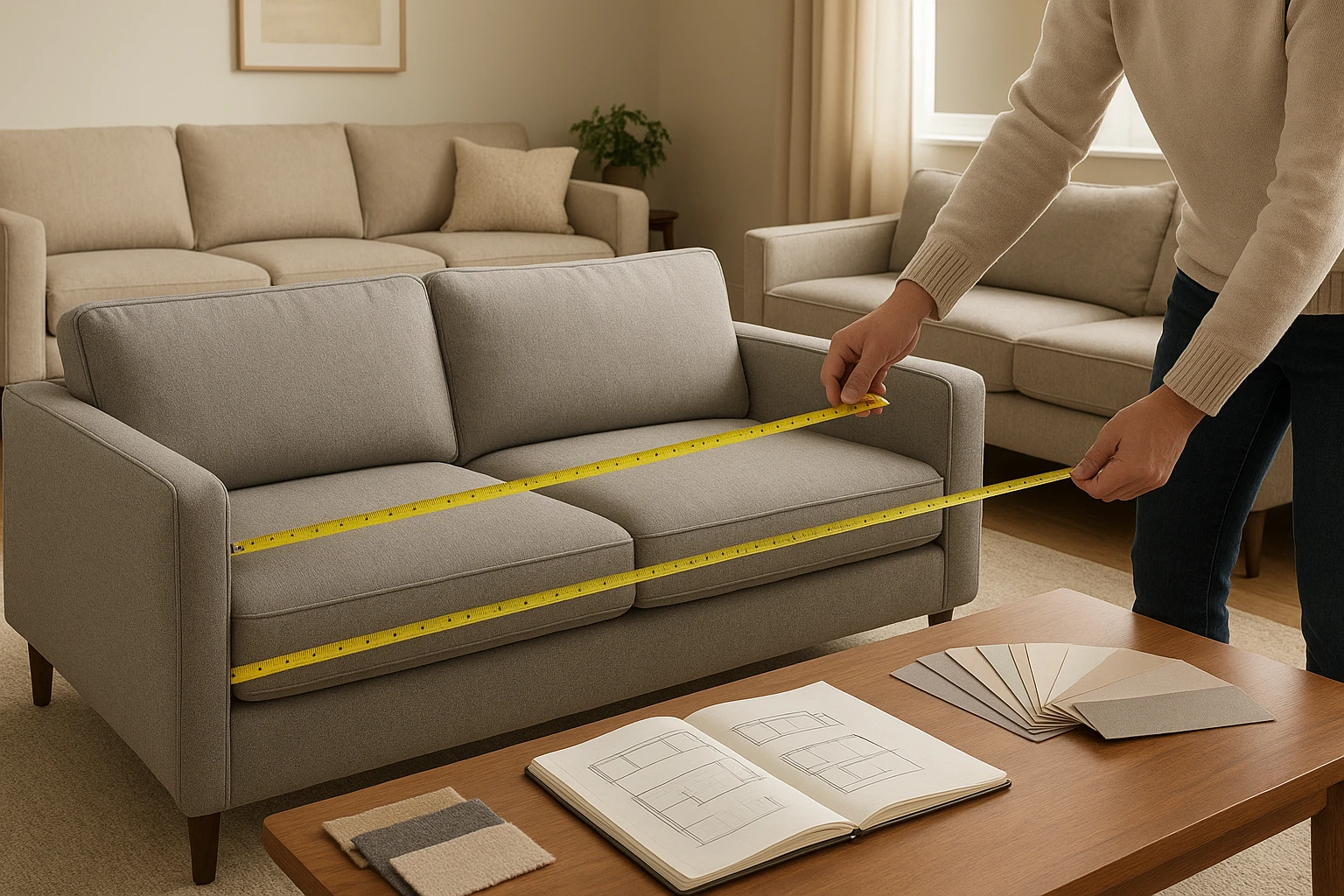
Learn everything you need to know about selecting the perfect sofa that combines comfort, style, and functionality.
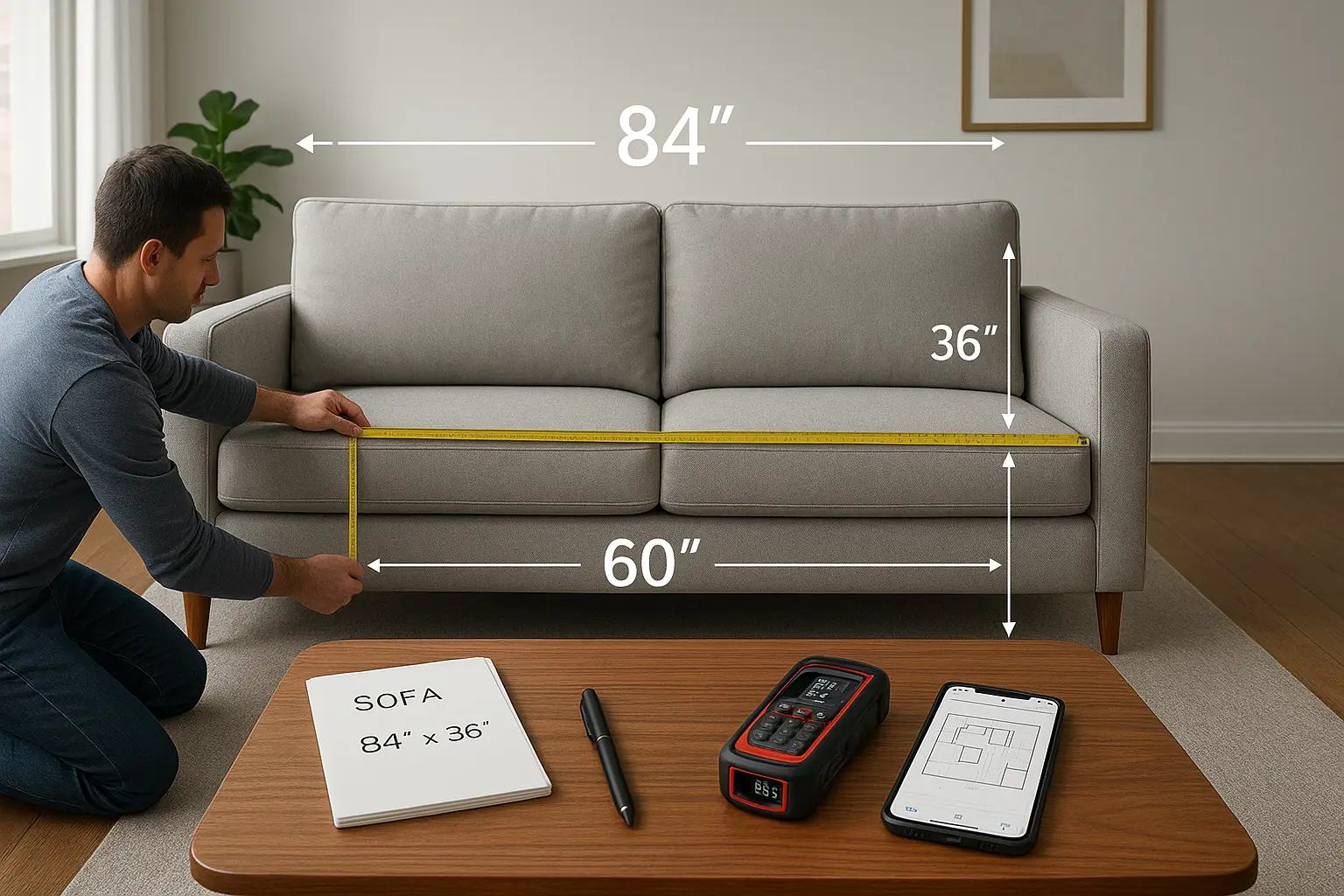
Master the art of furniture scaling with our comprehensive guide to selecting properly sized sofas for any room layout.
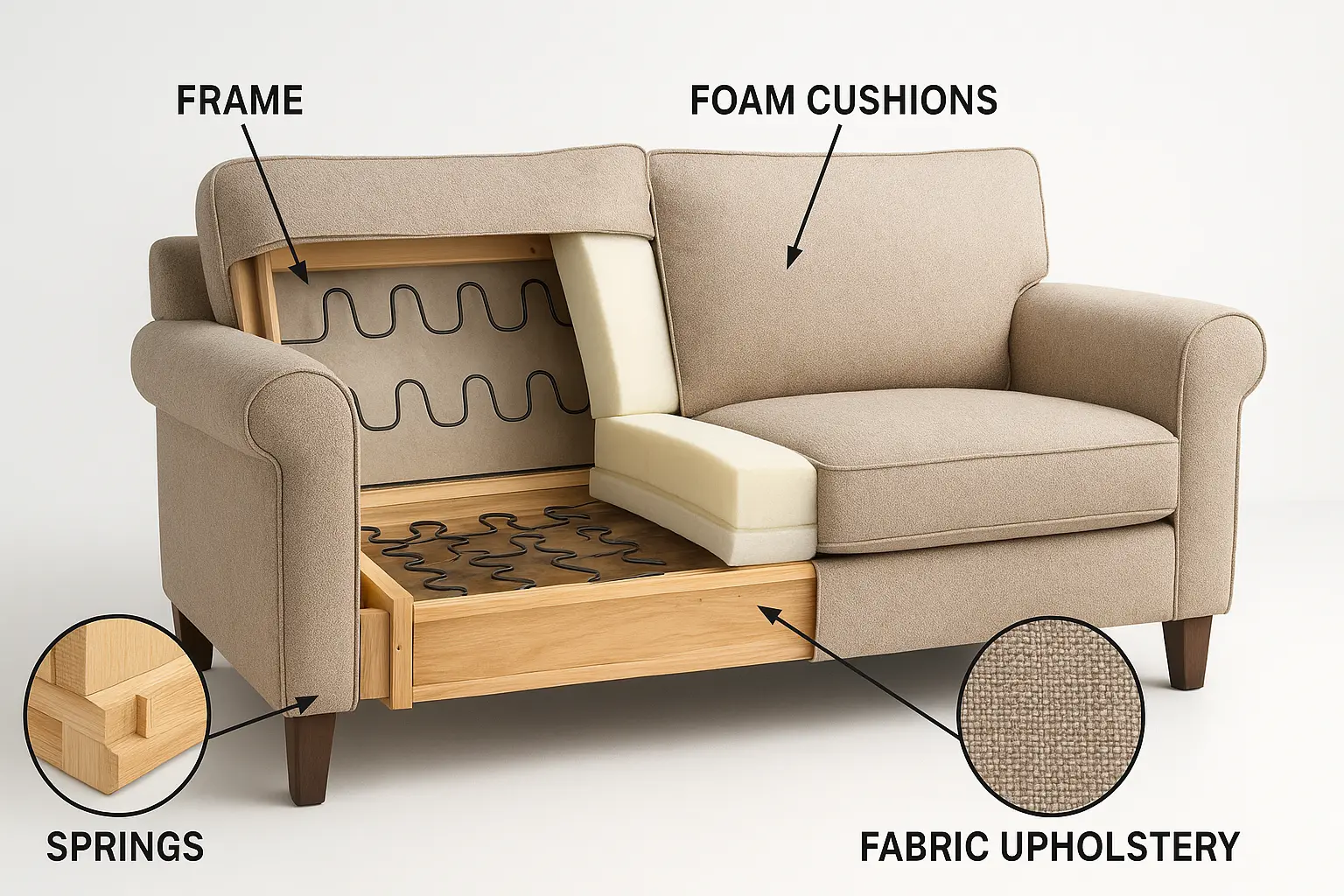
Dive deep into sofa construction to understand what makes quality furniture and how to identify durable pieces.

Learn proven strategies for successfully purchasing furniture online and avoiding common pitfalls in the process.